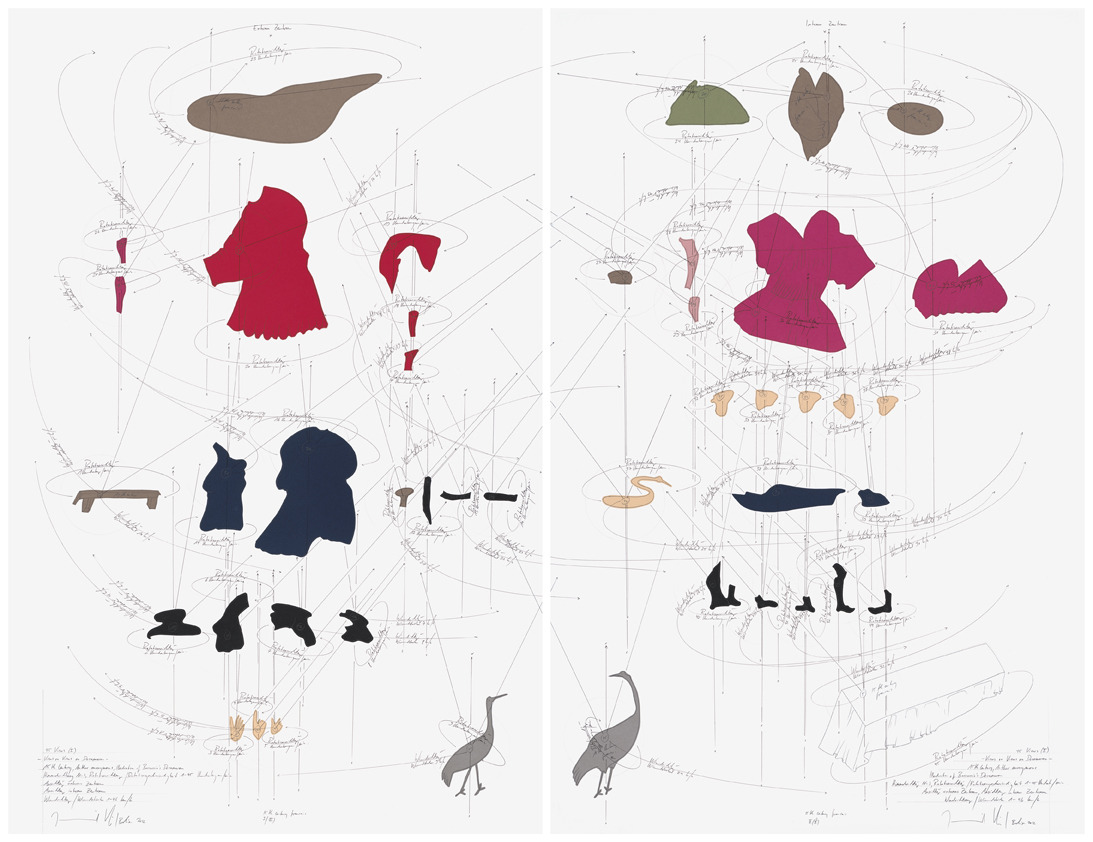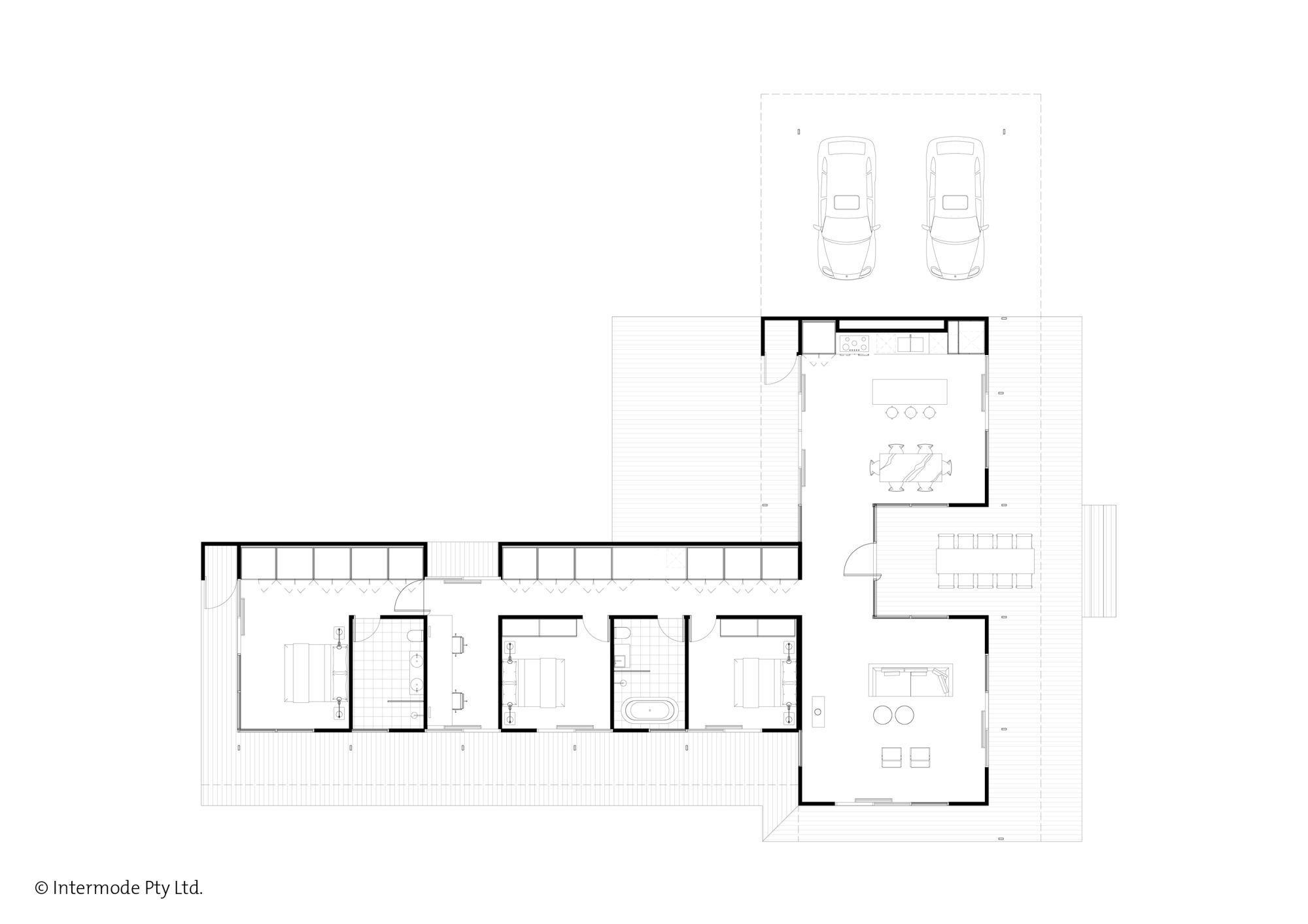H&dM
In practice, a focus on experience is usually code for irregularity, pure and simple. This was a major discovery of the picturesque: buildings resembling a collision of irregular volumes produce pleasing visual variety. The idea is to disallow a Gestalt reading of a strong form that would get in the way of a non-predetermined unfolding of experience. Herzog & de Meuron rely on a more difficult and dangerous strategy: the Parrish Art Museum needs an initial Gestalt reading — the iconic extrusion set in the landscape — in order to subvert it, creating a sense of surprise upon the discovery of an architecture that is not reducible to a simple figure. It is both a strong form and an experience that cannot be understood in these terms alone.
Matthew Allen has written a wonderfully delicate, restrained and thoughtful critique of Herzog and de Meuron's Parrish Art Museum for
THE DANCE
A middle-aged woman, quite plain, to be polite about it, and
somewhat stout, to be more courteous still,
but when she and the rather good-looking, much younger man
she's with get up to dance,
her forearm descends with such delicate lightness, such restrained
but confident ardor athwart his shoulder,
drawing him to her with such a firm, compelling warmth, and
moving him with effortless grace
into the union she's instantly established with the not at all
rhythmically solid music in this second-rate cafe,
that something in the rest of us, some doubt about ourselves, some
sad conjecture, seems to be allayed,
nothing that we'd ever thought of as a real lack, nothing not to be
admired or be repentant for,
but something to which we've never adequately given credence,
which might have consoling implications about how we
misbelieve ourselves, and so the world,
that world beyond us which so often disappoints, but which
sometimes shows us, lovely, what we are.
- C.K. Williams
somewhat stout, to be more courteous still,
but when she and the rather good-looking, much younger man
she's with get up to dance,
her forearm descends with such delicate lightness, such restrained
but confident ardor athwart his shoulder,
drawing him to her with such a firm, compelling warmth, and
moving him with effortless grace
into the union she's instantly established with the not at all
rhythmically solid music in this second-rate cafe,
that something in the rest of us, some doubt about ourselves, some
sad conjecture, seems to be allayed,
nothing that we'd ever thought of as a real lack, nothing not to be
admired or be repentant for,
but something to which we've never adequately given credence,
which might have consoling implications about how we
misbelieve ourselves, and so the world,
that world beyond us which so often disappoints, but which
sometimes shows us, lovely, what we are.
- C.K. Williams
ADA LOUISE HUXTABLE
“Huxtable never let her readers, or anyone else who would listen, forget that architecture is not like the other arts. Paintings or dance performances you choose to see or not see, but architecture envelops us all. Everyone sees and experiences it. Huxtable insisted both that architecture is an art and that it is an art that everybody deserves to enjoy precisely because it constitutes the life of our inhabited places.”
BLACKSMITH
Because crafting is living.






